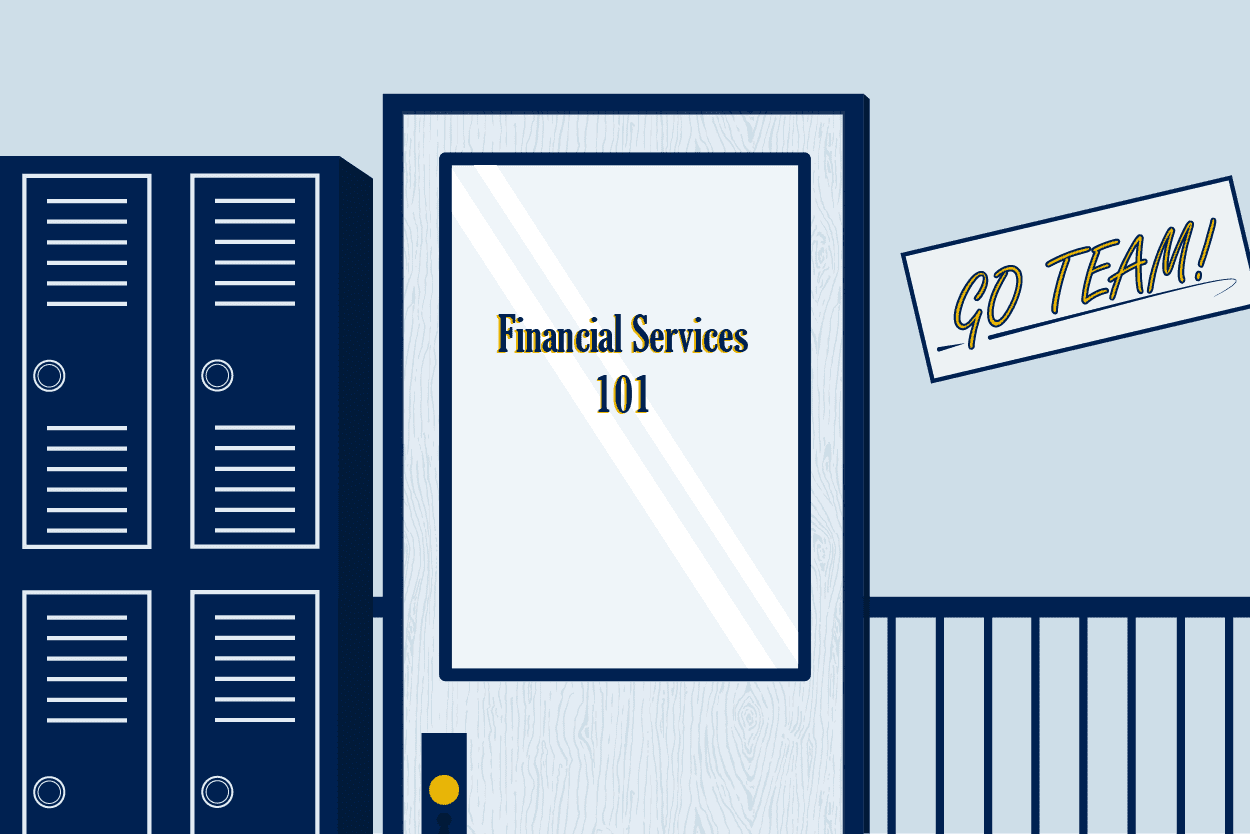What are Docker and Kubernetes?
Docker and Kubernetes are terms used around software and application development, both defining the use and handling of ‘containers,’ which in this context means closed environments for an application’s functions. What, then, do these containers contain? This can include code, scripts, system libraries and configuration files. Containers can’t operate or accomplish tasks on their own, but can be launched to help an application run in different hosting environments by keeping the environment for their function consistent.
Docker is a tools suite used to operate containerized apps. To accomplish this, Docker makes a blueprint or image of the container showing all the coding, scripts, configurations and variables in the environment needed to run the application, within what is known as “Docker Build.” Docker has other parts known as Docker Compose, Docker Hub, Docker Engine and Docker Swarm. These, in turn, define and run applications, share containers with a registry, operate the containers as an engine, and manage clusters of engines – which will intersect with Kubernetes.
Kubernetes is the platform that manages, automates and scales containerized applications. Developers can use Kubernetes to direct resources to their containerized apps. It can intersect with Docker Swarm to control how containers are used, also known as orchestration.
Why are they important?
Kubernetes with Docker can make an application and its infrastructure more robust, more available and more scalable, and they work well together in complex software deployments. Without these tools and platforms, software developers would not be able to manage all the containers they use for the applications they build and run. These applications are often what a business relies on for a host of functions, including customer-facing processes.
Together, Docker and Kubernetes make it possible to manage container resources from one consistent control plane. The control plane is a part of computer routing architecture that determines how data packets are sent or forwarded from one point to another. Parts of Kubernetes also help group container resources depending on different criteria, which helps support collaboration among developers. When Kubernetes is paired with containers and DevOps (the software development and IT operations methodology), that sets up an architecture to quickly deliver and scale applications.
What are the differences between Docker and Kubernetes?
Docker and Kubernetes complement each other and need each other to have the maximum possible impact on building and operating applications. Docker is software that is used to create containers, the components of an application. Kubernetes is a system for operating those applications once they are built.
How do they work together?
When Docker has been used to make containers for each function within an application, Kubernetes can manage those Docker-created containers and their functions. This includes how those containers are deployed and scheduled. Kubernetes further enhances Docker-built pieces with graphical user interfaces (GUIs) and by managing the scaling up of functions in Docker containers.
Is it best to have both Docker and Kubernetes?
While it is generally best to have both these technologies, casual developers and users may not need the complex capabilities of Kubernetes right away. Conversely, Kubernetes users need not also have Docker, because there are other containerization utilities available. However, the combination of Kubernetes and Docker is said to be more robust than combinations of Kubernetes and other containerization technology. Overall, Kubernetes with Docker can make an application and its infrastructure more robust, more available and more scalable.
How do they benefit software and application developers, as well as users?
They provide self-service resources for developers, allow developers to collaborate on microservices architectures, and enable a baseline architecture for fast delivery and scaling of cloud-native applications. All in all, Docker and Kubernetes combined perform their functions consistently and predictability. Also featured in our Cloud Data Services, these two services boost users confidence in their work, as well as their productivity.

